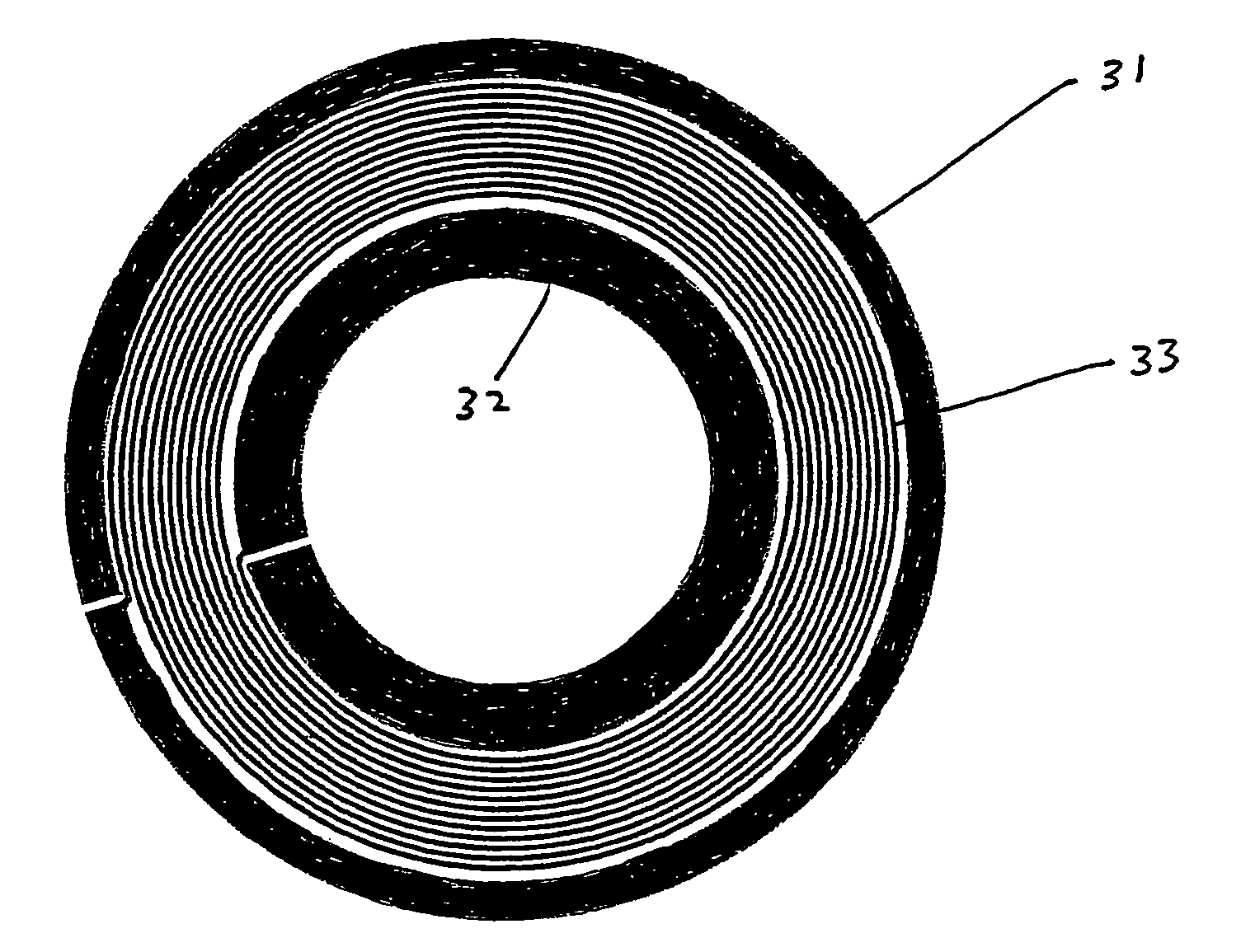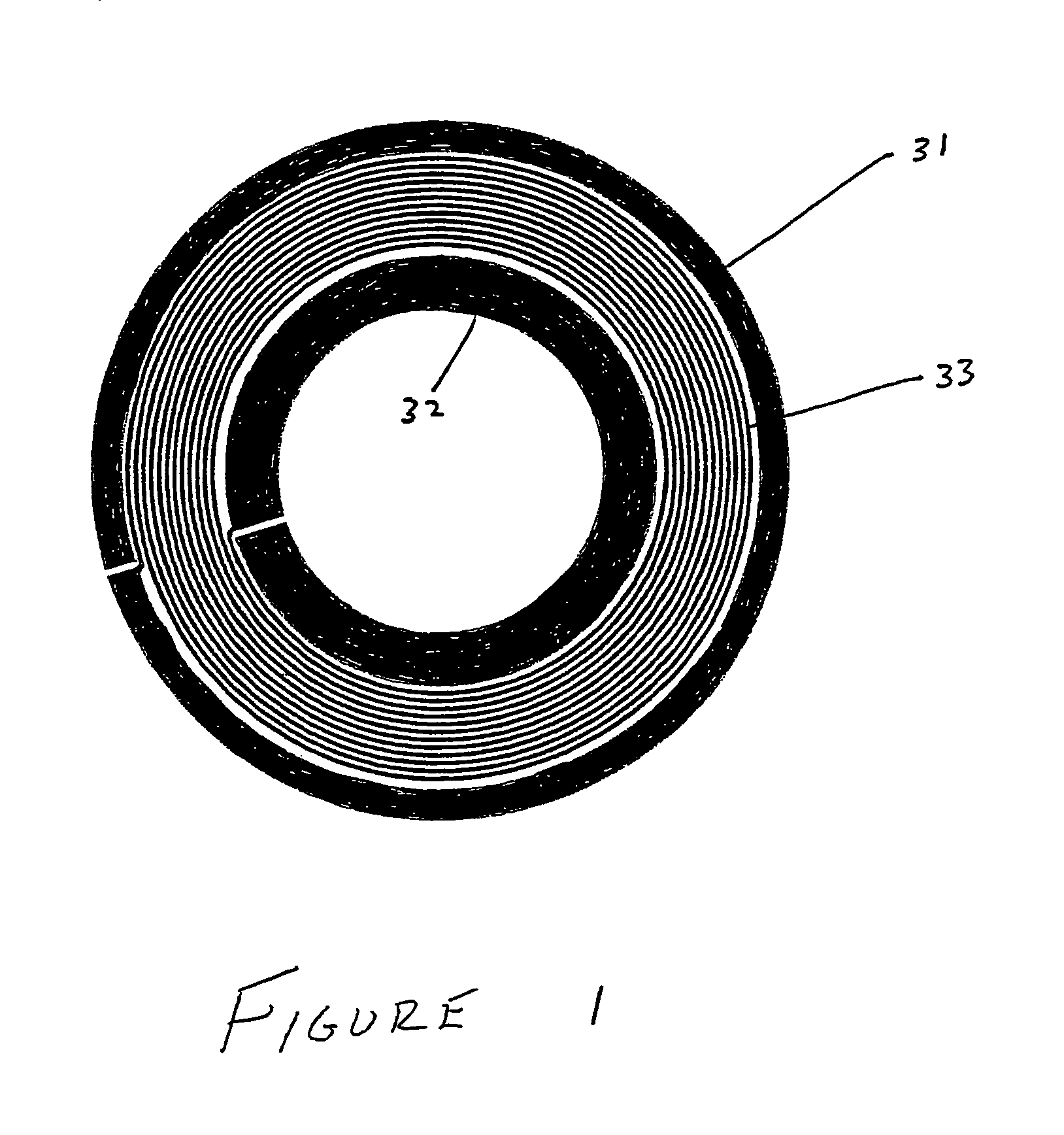Use of two or more sensors in a nuclear quadrupole resonance detection system to improve signal-to-noise ratio
a nuclear quadrupole resonance and detection system technology, applied in the field of can solve the problems of the decrease in detection accuracy, the distance from the detector coil, and the associated equipment needed to operate the system, and achieve the effect of improving the signal-to-noise ratio and the performance of the nuclear quadrupole resonance detection system
- Summary
- Abstract
- Description
- Claims
- Application Information
AI Technical Summary
Benefits of technology
Problems solved by technology
Method used
Image
Examples
Embodiment Construction
[0026] This invention provides a method for increasing the signal-to-noise ratio of a NQR detection system for scanning a potential source of NQR, and also provides a NQR detection system that provides this increased performance. To accomplish this, two or more sensors are tuned to a specified nuclear quadrupole resonance frequency, and the signals detected by each sensor are added coherently. Two or more sensors are tuned to a “specified” nuclear quadrupole resonance frequency in the manner contemplated by this invention when each sensor is tuned to a frequency within a given nuclear quadrupole resonance emission line so that even if each sensor is not tuned to exactly the same frequency, they are all still detecting the same emission line.
[0027] A “sensor” as used in this invention is a receive device, such as a receive coil, and the two or more sensors used to detect nuclear quadrupole resonance in a sample or object will typically be used as receive coils only. In certain embod...
PUM
 Login to View More
Login to View More Abstract
Description
Claims
Application Information
 Login to View More
Login to View More - R&D
- Intellectual Property
- Life Sciences
- Materials
- Tech Scout
- Unparalleled Data Quality
- Higher Quality Content
- 60% Fewer Hallucinations
Browse by: Latest US Patents, China's latest patents, Technical Efficacy Thesaurus, Application Domain, Technology Topic, Popular Technical Reports.
© 2025 PatSnap. All rights reserved.Legal|Privacy policy|Modern Slavery Act Transparency Statement|Sitemap|About US| Contact US: help@patsnap.com



